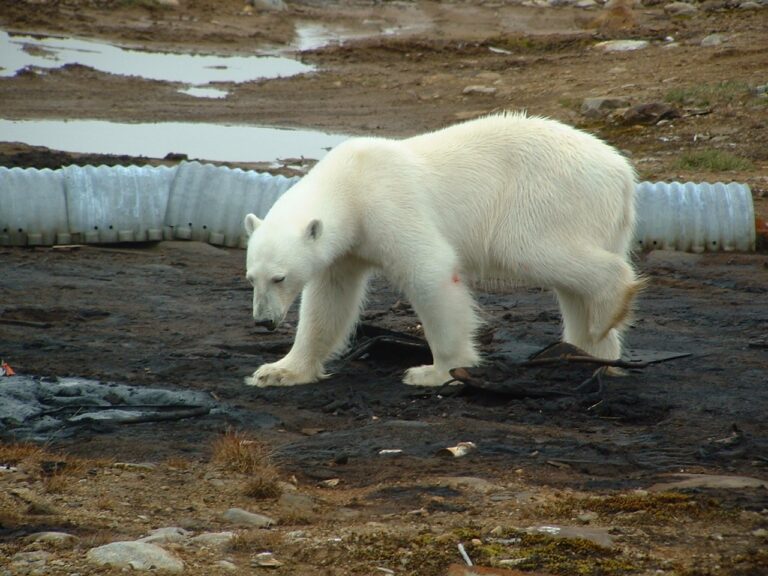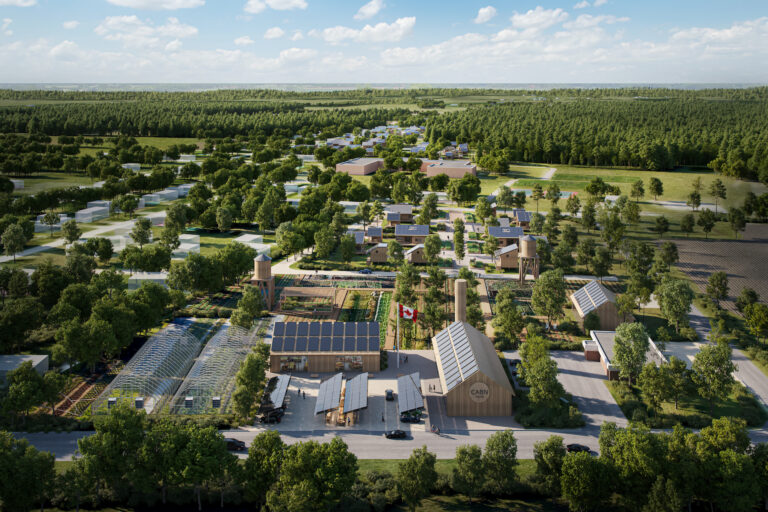Thursday, July 3, 2025
The Canada Growth Fund and Strathcona Resources—Canada’s fifth-largest oil producer—have agreed to invest up to $2 billion combined to build carbon capture and sequestration infrastructure on Strathcona’s steam-assisted, gravity drainage oil sands facilities in Saskatchewan and Alberta.
Upon completion, the partnership will capture and permanently store up to two million tonnes of carbon dioxide annually, unlocking Canada’s pathway to lead the world with low-carbon resource exports.
Supported by an initial $500 million investment from the Canada Growth Fund—which could be upsized up to $1 billion—Strathcona will begin its final detailed engineering work for the first carbon capture and sequester project, with a final investment decision expected next year. This partnership was made possible by and will benefit from the federal government’s Carbon Capture, Utilization, and Storage investment tax credit, which investors are already able to claim.
“This $2 billion partnership between our Canada Growth Fund and Strathcona Resources is proof that our economic plan is working—it is growing the economy, creating good-paying jobs, and keeping Canada on track to reach net-zero by 2050. This partnership, made possible by our Carbon Capture, Utilization, and Storage investment tax credit, will build one of the world’s lowest-emission oil facilities, ensuring Canada’s resource sector remains competitive for generations to come,” said Chrystia Freeland, Deputy Prime Minister and Minister of Finance.
Under the terms of the arrangement, Canada Growth Fund, a $15 billion public investment vehicles, will invest up to $1 billion toward CCS infrastructure on Strathcona’s assets, with an initial commitment of $500 million.
Strathcona will construct, operate and own the CCS infrastructure, with 50 per cent of the initial capital costs funded by CGF and 50 per cent by Strathcona. Substantially all of Strathcona’s share of capital costs is expected to be recouped through the federal CCS investment tax credit and other grants.
Strathcona will retain full ownership of the CCS infrastructure and associated carbon credits and will repay CGF’s investment over time out of the actual cash flows generated by the CCS infrastructure, based on actual captured volumes and costs. The repayment of CGF’s investment will not be subject to any fixed payments or minimum volume commitments and will be driven by the actual performance of each CCS project.
The arrangement between Strathcona and CGF has been made possible in part due to the unique characteristics of Strathcona’s oil sands properties. All of Strathcona’s oil sands facilities in the Lloydminster and Cold Lake regions lie directly atop suitable CO2 storage reservoirs, allowing for local injection. This differs from the majority of Canada’s oil sands facilities in the Athabasca region of Northern Alberta, which must be captured and transported to a suitable injection site before sequestration. In 2024, the Government of Saskatchewan granted Strathcona subsurface CO2 sequestration rights, making Strathcona the first and only oil sands producer in Canada with approval to capture and store CO2.
Strathcona currently produces approximately 90,000 bbls/d of heavy oil and bitumen from its SAGD assets, with associated emissions of approximately three million tonnes of CO2 per annum. The up to $2 billion of combined capital to be deployed through the partnership is expected to capture up to two million tonnes of CO2 per annum, based on preliminary capital cost expectations.
For Strathcona, the economic rationale for investing in CCS is to mitigate its current and future carbon tax obligations. Carbon taxes form a significant part of Strathcona’s current operating costs, totaling approximately $65 million per annum under the current carbon tax regime, a figure which may increase over time based on current legislation. Expected future carbon taxes are also fully reflected in Strathcona’s independently evaluated reserves, where they reduced the net present value of its proved reserves by approximately $1.9 billion on a PV-10 basis, or $8.78/share, at year end 2023 ($2 billion and $9.31/share on a PV-10 basis for its proved plus probable reserves).
Strathcona expects to be able to eliminate a substantial majority of this future carbon tax liability through the development of CCS, and the unique structure of its arrangement with CGF is expected to allow Strathcona to achieve these reductions without a meaningful upfront capital outlay post-investment tax credits.
For further information on the Canada Growth Fund, click here.











